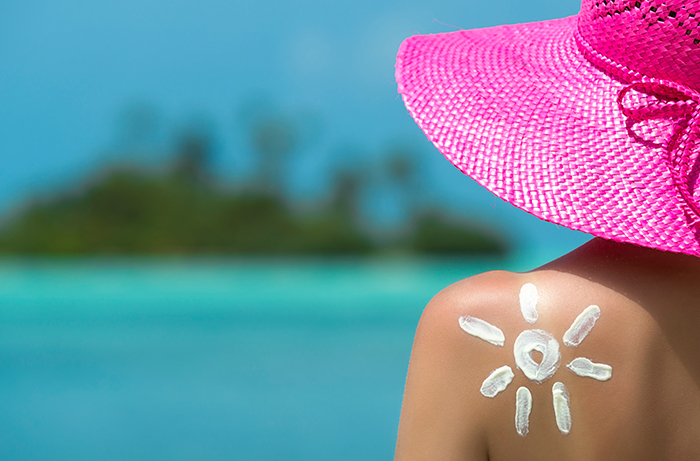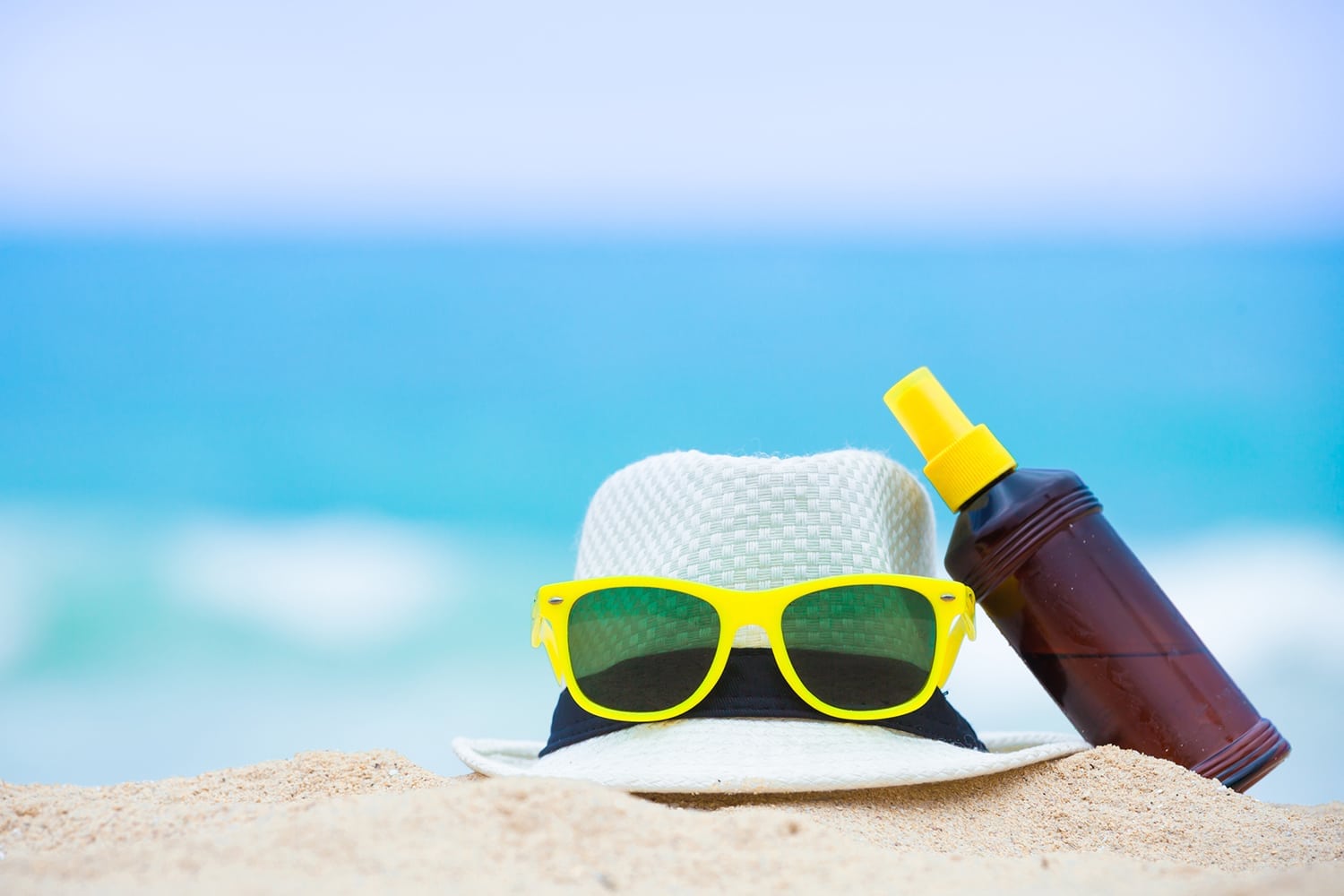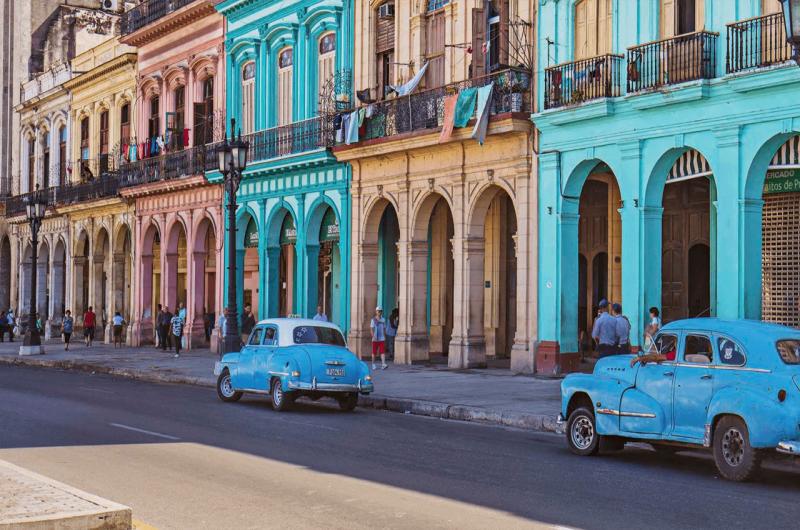How to Protect Your Skin From the Sun - SPF

Sunbathing is not only vitamin D, a good mood and a beautiful tan, but also premature photo aging, decrease in the activity of the immune system, the risk of developing cataracts and skin cancer. And all because of UVB rays!
The spectrum of solar radiation can be divided into three types of rays depending on the wavelength. A-rays are the longest, amounting to about 90% of the radiation. Type A rays are not afraid of clouds; they are active even on cloudy days and on the walls of buildings. But they are also the most harmless as they cause decrease in the activity of the immune system only in those who go too far with being in the sun or in solarium.
By the way, did you know that scientists advocate forbidding people under the age of 18 to visit solarium? This is because the excessive exposure to UV rays on the children's body is most harmful and more likely to lead subsequently to skin cancer.
The wavelength of B-rays is medium, and the amount of such is only 10% of total radiation, however, B-rays are considered the most aggressive. They cause photo aging and possible cancer. If type A rays touch only the surface of the skin, and C-rays due to the ultra-short wavelength do not reach the earth’s surface at all, lost in the atmosphere, then B-rays penetrate the dermis, destroying collagen fibers and in some cases even DNA molecules.
And the skin must be protected from this effect! SPF (Sun Protection Factor) comes to rescue!
Modern dermatologists distinguish 6 types depending on the skin tone and its ability to tan: Celtic, Light-skinned European, Dark-skinned European, Mediterranean, Middle East and African.
The Celtic phototype is characterized by very light skin, many freckles, light or red hair, green or blue eyes. Skin of this type almost does not tan. The probability of getting sunburn is very high after 10 minutes of being under the sun. If you are a happy owner of all of the above signs, going to resort, you should choose a sunscreen with SPF of at least 40. After a week, the cream index can be reduced to 30.

The light-skinned European type is light blond and blond hair, green, blue or gray eyes, light skin and a few freckles. This type of skin can tan a little, but after 20 minutes in intense sun, its resistance comes to an end, and you run the risk of sunburn. For a vacation at sea, you should choose a product with an index of at least 30, and for the urban environment SPF 20 is suitable.
The dark-skinned European type is characterized by dark skin without freckles, dark blond and brown hair, gray or brown eyes. The skin easily tans to a golden and even chocolate tint. Happy owners of this phototype are not at risk of sunburn, and therefore they can be limited to SPF 20 on beach and SPF 15 in the urban environment.
The Mediterranean type is the most resistant to tanning among those mentioned. People of this phototype have dark skin, black or dark brown hair, and brown eyes. The lucky ones can afford the luxury of being in the scorching sun for up to 40-50 minutes and not getting sunburned, which is why SPF 10-15 is enough for them.
You should still consult your doctor or local pharmacist on how to protect your skin from the sun. Fulfilling all recommendations for protecting the skin from the sun, you will never get sunburn and keep it healthy for many years. Take care of your skin and stay naturally beautiful!
- July 11 2020
- 4190





